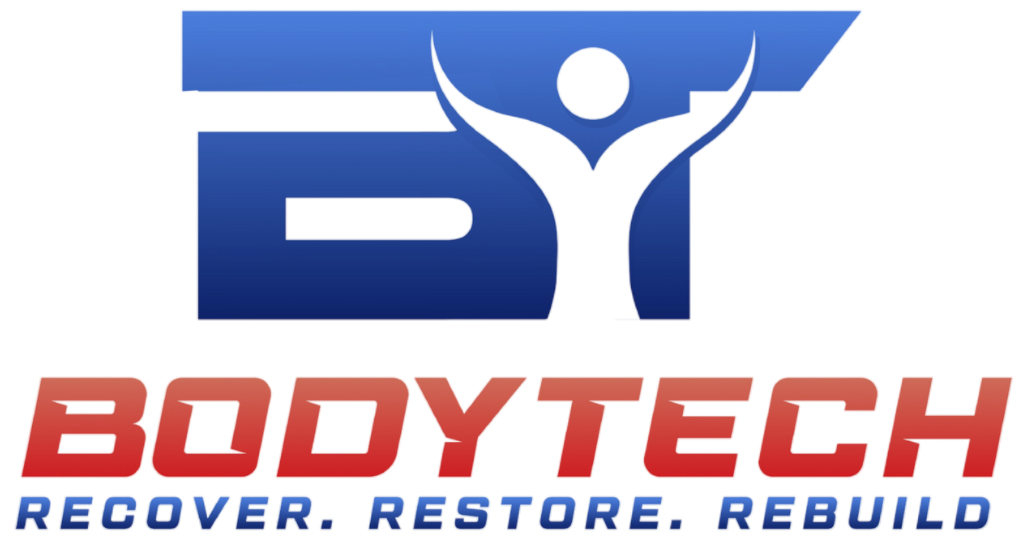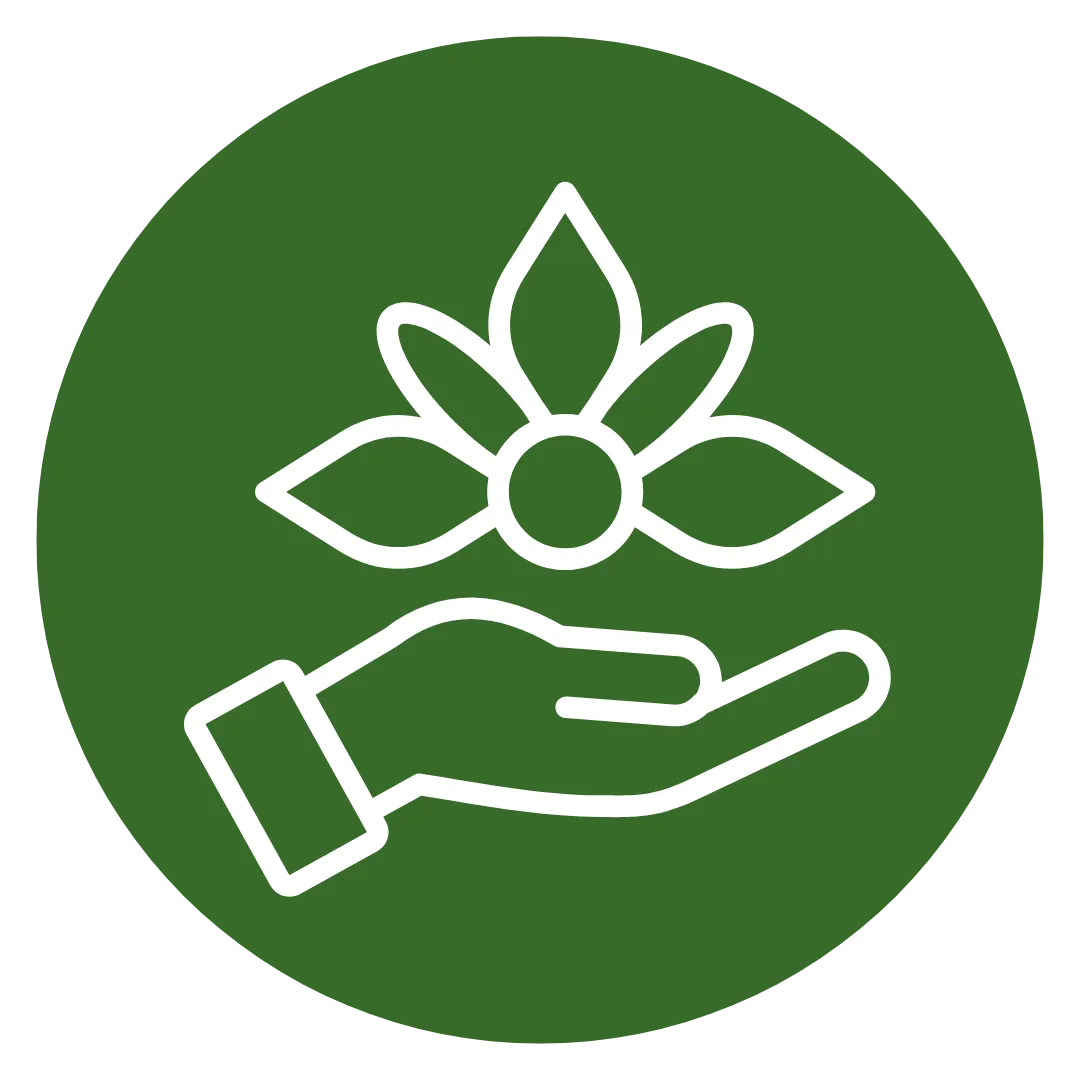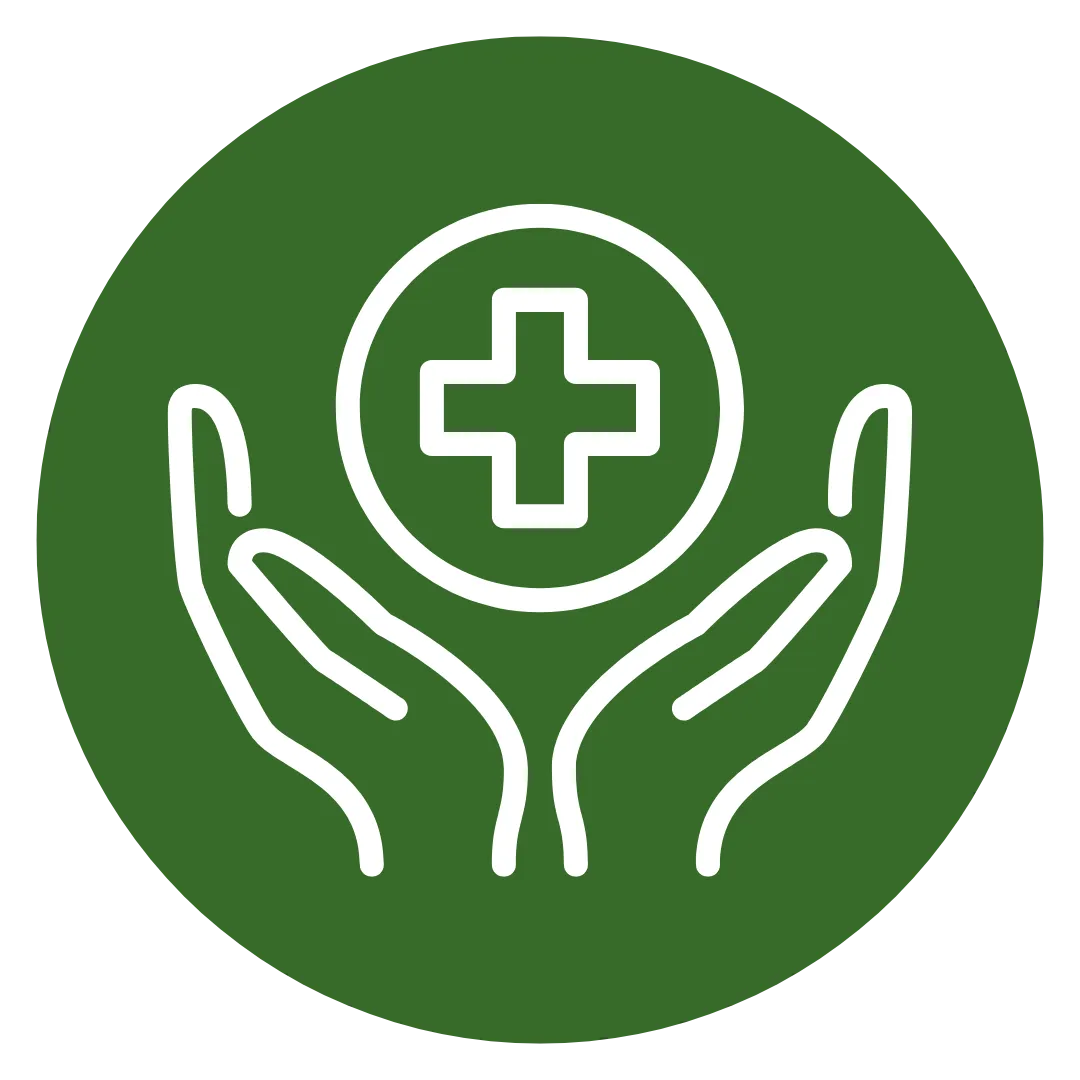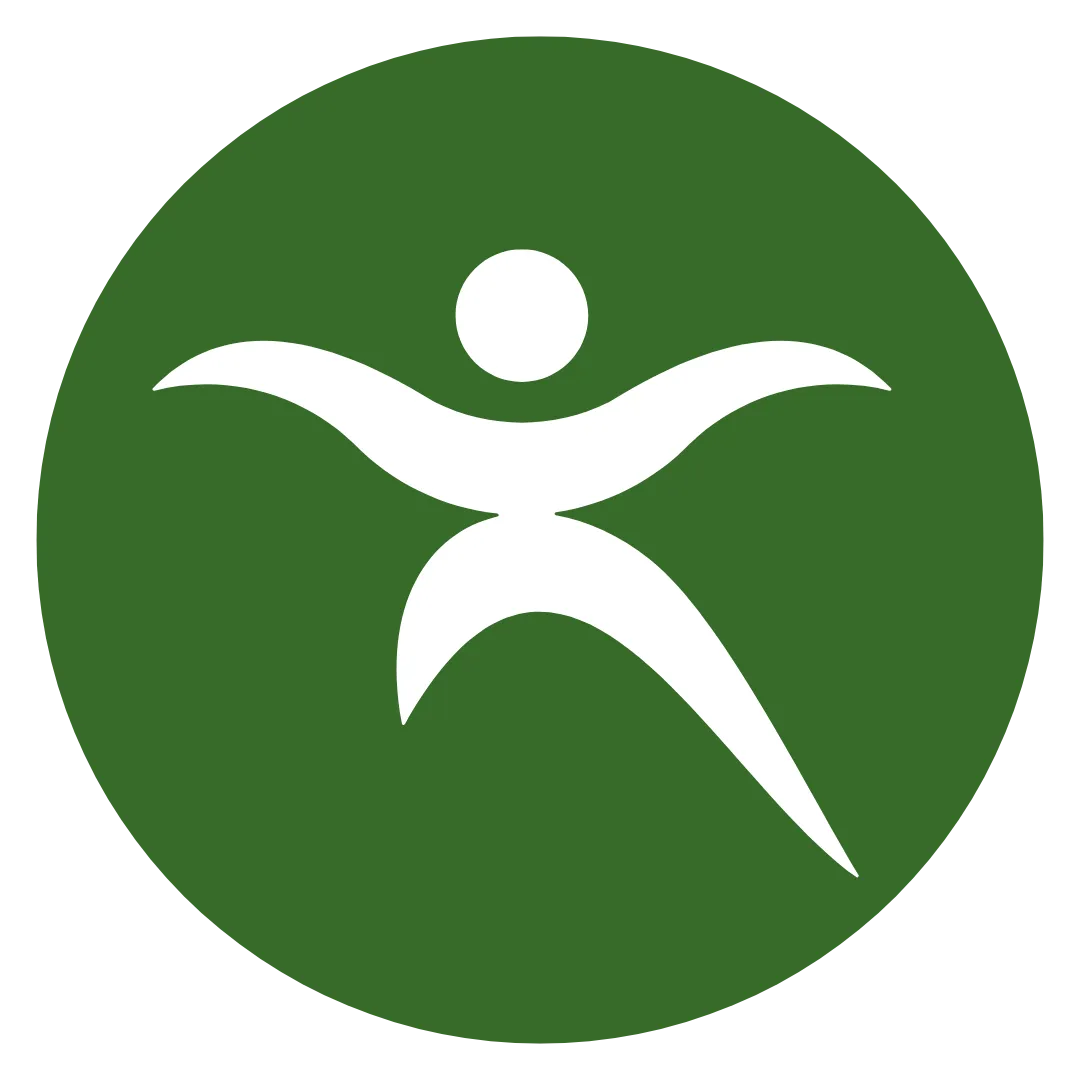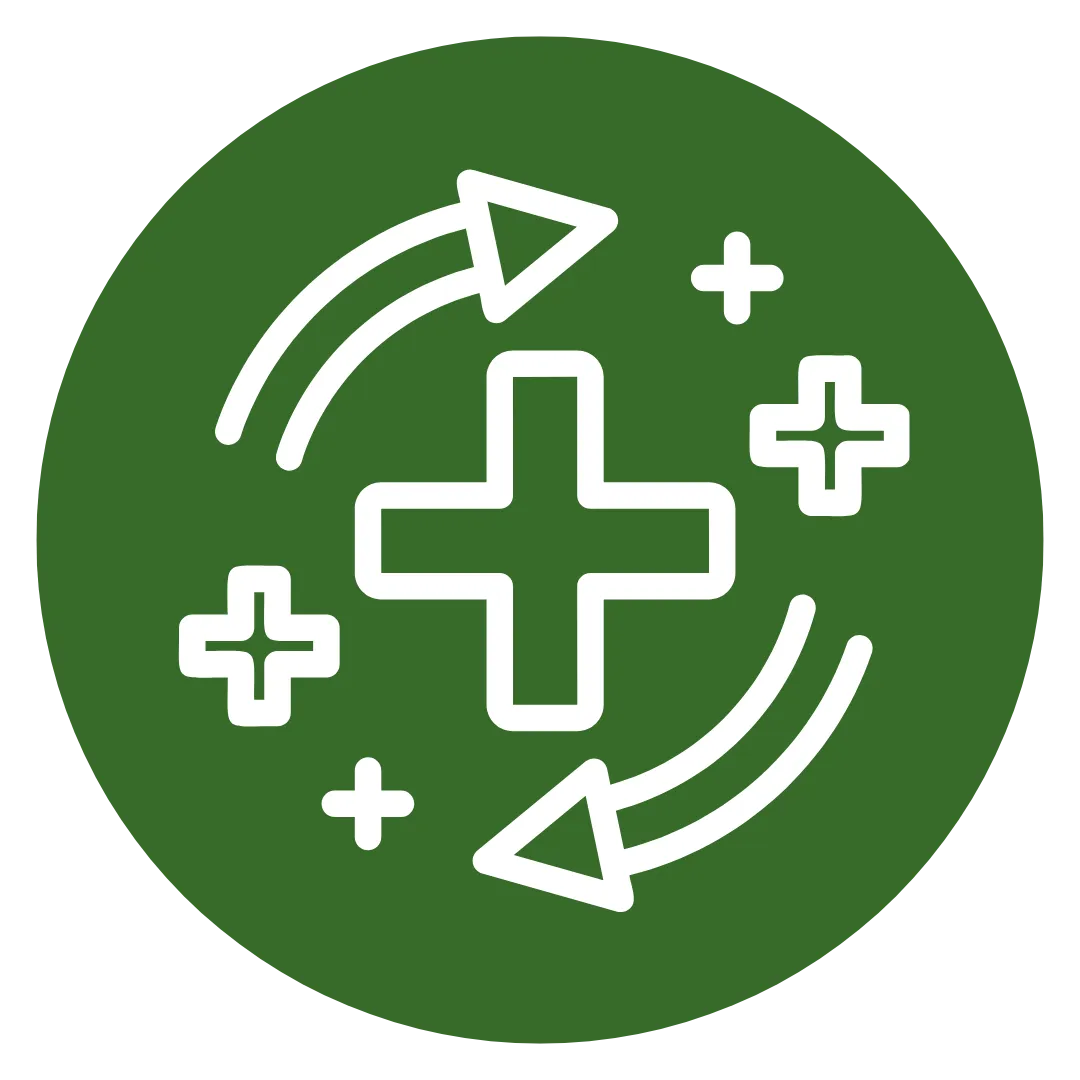RECOVERY. REDEFINED.
MOVEMENT IS MEDICINE.
HEALING STARTS HERE.
BodyTech is built for people who refuse to let pain define them. We make the connection between science, movement, and recovery — and turn it into real results.
About Us
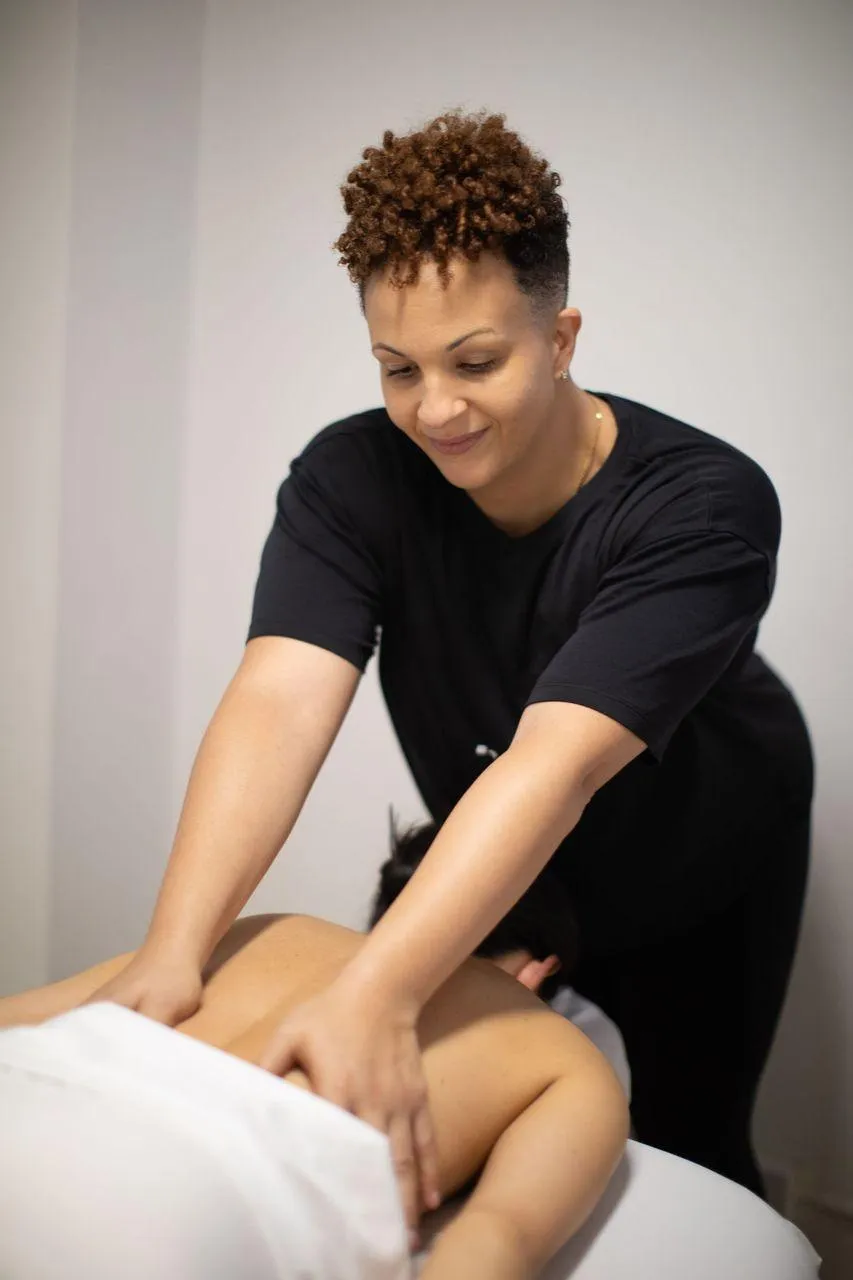

Built for Healing.
Backed by Purpose.
About BodyTech
Built for Healing.
Backed by Purpose.
At BodyTech, recovery isn’t just what we do — it’s who we are.
BodyTech was created to transform the way people experience healing: through movement, intention, and a deep understanding of the human body’s power to rebuild.
Whether you’re navigating post-surgical recovery, chronic pain, or performance plateaus, BodyTech provides the strategies, tools, and support to help you move forward with strength and purpose.
Our Services
Your Recovery, Your Way.
featuring
THE PAIN PLAYBOOK
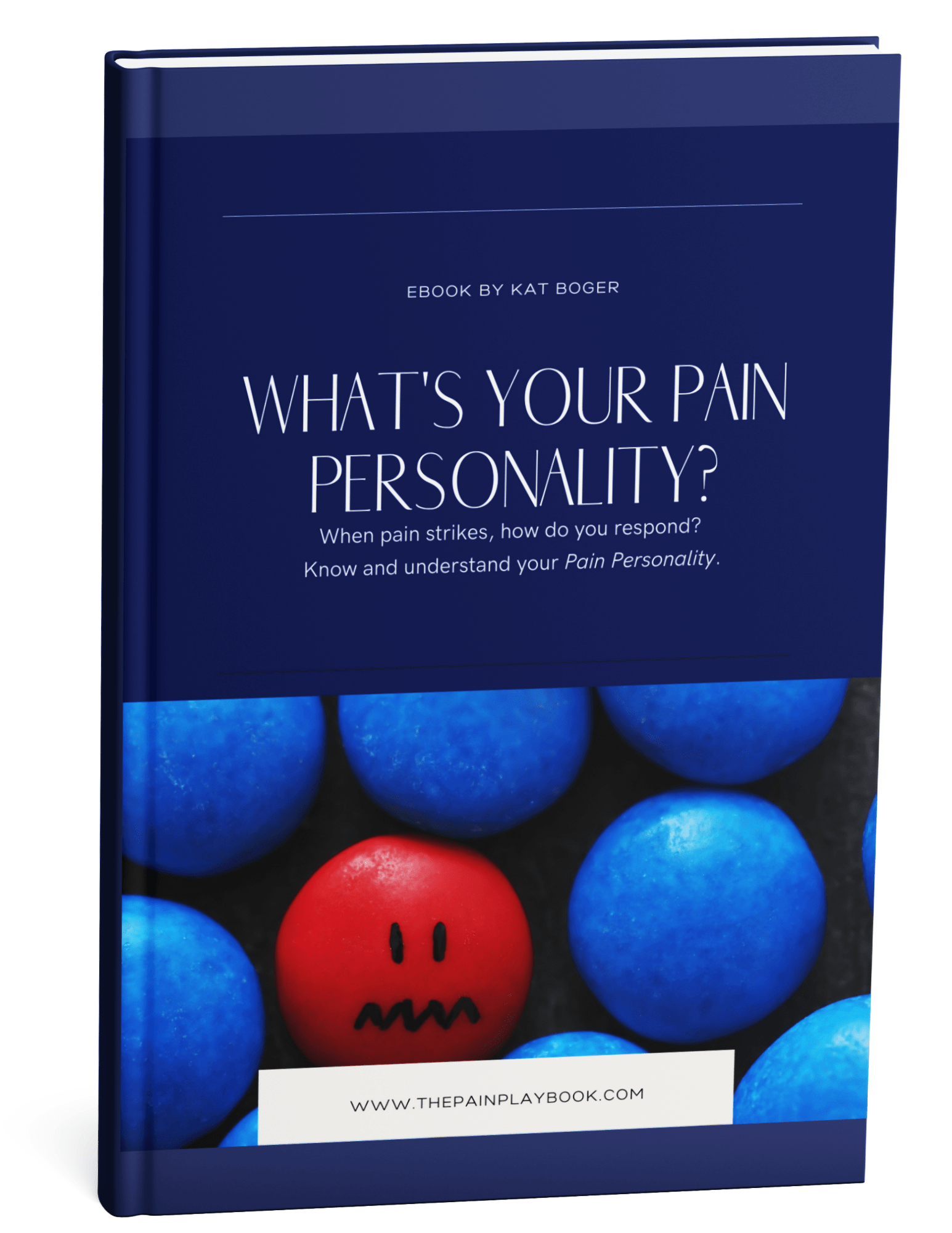
Because Healing Isn’t Just Physical. It’s Personal.
The Pain Playbook is the education hub powered by BodyTech where we turn science and experience into self-management strategies you can use. From stress and pain to hormonal health and recovery hacks, we explore the why behind the work and how to reclaim control over your healing journey.
WHY BODYTECH?
Experience You Can Feel. Expertise You Can Trust.
Recovery built around you, not just your diagnosis.
Movement-based solutions rooted in science and experience.
Coaching that empowers you to self-manage, not just survive.
A team that treats you like a person, not a protocol.
Real Stories. Real Recovery.

Alex C.
trainer with hip pain & discomfort)
Alex C.
trainer with hip pain & discomfort)

Kat is a magician! It took her literally one minute to figure out what was causing my problems and I walked out pain free after one session!

Theresa P.,
client with lymphadema
Theresa P.,
client with lymphadema

Kat is a wonderful caring professional therapist.

Rob F.
Rob F.

Kat is amazing and, hands down the best in the business.

Clea M.
Clea M.

Pedro has been an incredible trainer with an impressive depth of knowledge and experience. At 55, I’m stronger than ever and excited to see what I can accomplish. With Pedro showing me, I can exceed my own expectations.

Stephanie W.
Stephanie W.

In the time that I’ve been training with Pedro, I’ve become stronger and fitter.”

Peter G.,
marathon runner
Peter G.,
marathon runner

I think I have a pretty low tolerance to pain, but Kat does a great job of getting deep into my muscles without causing a lot of pain."
Browse Our Articles
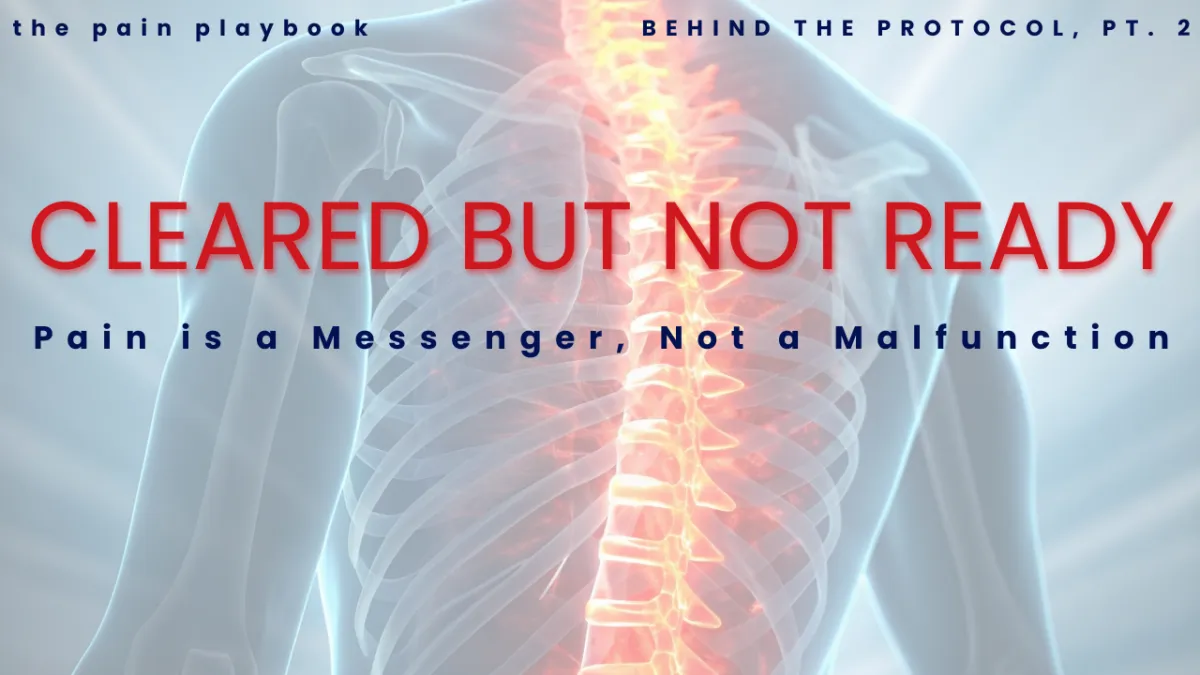
Cleared But Not Ready: Why Recovery Takes More Than a Doctor’s Green Light
The Emotional Weight of “Cleared for Activity”
Medical clearance is often treated like a finish line. But if you’ve ever been cleared and still felt off, you know the truth.
Just because a joint passed a test doesn’t mean your nervous system did. Just because you can move doesn’t mean your body feels safe doing it.
At BodyTech, we often see clients who pass their post-op metrics and still hesitate, still hurt, still don’t trust their movement.
That hesitation isn’t weakness. That pain isn’t failure.
It’s communication.
Maya’s Story
Maya came to us six weeks after ACL surgery. Her physical therapist had just “graduated” her. Her strength was back, range of motion looked really good, and she’d technically been cleared for activity. But Maya wasn’t sleeping. Her knee felt fine until she tried to jog. Every attempt at movement came with a surge of anxiety, and a deep fear that she’d reinjure herself.
Clinically, she was doing great. Functionally, she was falling apart.
What Maya needed wasn’t another test or set of reps. She needed space to slow down and listen to her pain, not push past it. Because pain isn’t just something to get through. It’s often the only tool your body has left to say, “I’m not ready.”
And ignoring it? That’s what delays recovery more than any scar tissue or surgery ever could.
Especially for women navigating hormonal shifts, high performers who push too soon, and trauma survivors rushing to “bounce back” — being cleared can feel more like pressure than permission.
The system needs time. And trust. And care that sees the whole picture.
Medical Clearance ≠ Functional Readiness
Just because the joint passed the test doesn’t mean your nervous system did.
Clearance often measures structural healing, which is extremely important. It’s also important, though, to look at how you move, compensate, and feel.
At BodyTech, we see clients who pass strength or range-of-motion metrics but still struggle with fatigue, pain, or hesitation. These aren’t failures.They’re signals. Setbacks happen if they are ignored. Pain isn’t the enemy. It’s your nervous system’s way of saying, “Something here still needs support.”
When you treat pain as data instead of a nuisance, it becomes a tool. It can tell you where to slow down, what to address first, and when it’s safe to progress.
That’s how we build recovery strategies that last.
The Invisible Recovery Layer: Stress, Hormones & Trauma
Women navigating hormone shifts. Athletes afraid to reinjure. Clients holding onto old trauma they don’t even realize is in the mix.
These things don’t show up in a post-op chart.And they shape how the body receives touch, tension, and new movement.
Especially in trauma-informed care, being “cleared” can sometimes feel like being rushed. The system needs time — and trust — to feel safe again.
This is where listening to pain, rather than pushing past it, is critical. When we ignore these signals, we risk reinforcing the very patterns we’re trying to break.
When we honor them, we create the space for the body to recalibrate and move forward stronger.
Recovery Is a Re-Introduction, Not a Return
We treat post-clearance clients like people learning a new language with an old accent. You know how to move, but your body is learning how to trust again.
That’s why we pace things, reassess often, and rebuild capacity with intention.
Clearance is paperwork
But readiness? That’s personal.
This is the space we hold for our clients: the gray zone between “you’re fine” and “I feel like myself again.”
This post is part of Behind the Protocol — a blog series that explores the deeper layers of recovery your discharge papers didn’t cover. Because pain isn’t just a symptom. It’s a story. And understanding it is where real healing begins.
Ready to Move Forward?
Whether you’re recovering from surgery, managing pain, or ready to redefine how you move through life, we’re here for it. Recovery starts with the first step. Let’s take it together.
